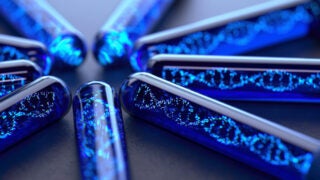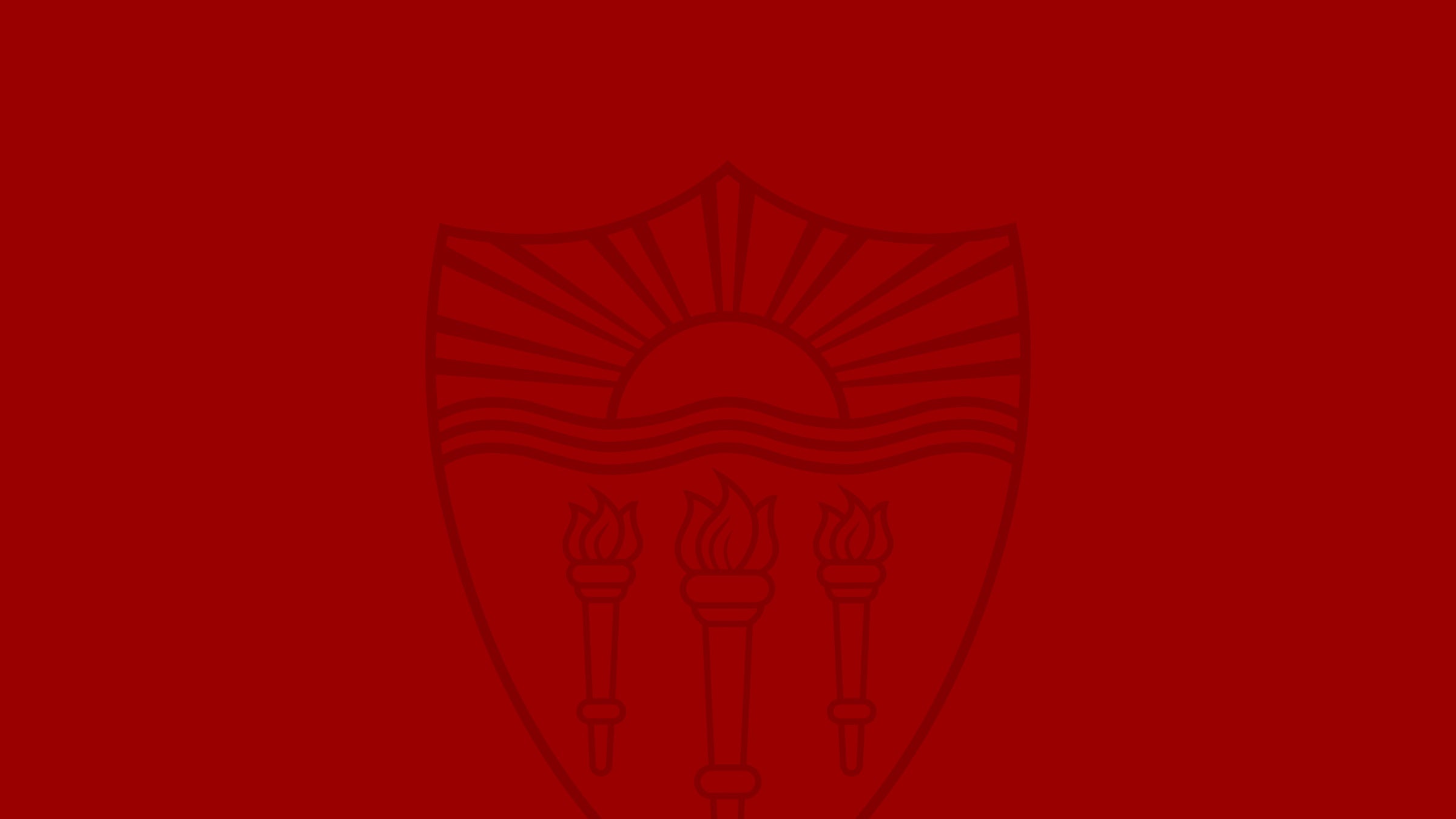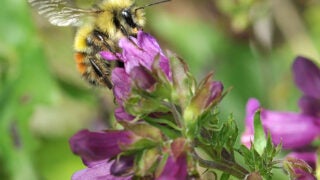The new process to assemble DNA could vastly improve production of pharmaceuticals, cancer therapies, biofuels and more.
Biology
News Listing
Our bodies consume, create, expend and transfer energy in a multitude of ways. Choosing what provides us with optimal energy — from the food we eat to the company we keep — can infuse our lives with vitality.
USC computer scientists and biologists have developed a way for autonomous robots to find prime sample spot locations for the algae long before a scientist is onsite.
USC Viterbi engineers harness ultrasonic waves to capture extraordinary images of glass frogs, which dodge predators by making themselves transparent.
A bee expert discusses the recently approved vaccine to protect honeybees from a bacterial scourge, and gives tips for helping these ecologically crucial species survive.
If we think of our senses as limited to only five, we might be missing out.
From aiding romance to communicating with God, scent has long been attributed near mystical abilities.
Scientists in USC Dornsife’s new Quantitative and Computational Biology Department discuss the mysteries within and moral issues surrounding our DNA.
Economist Patrick Turley of USC Dornsife and a multinational group of researchers issue a special report that examines the benefits, risks and ethics of selecting embryos to ensure healthier, smarter children.
Gabriella Schultze has been dancing with a company in Salt Lake City by day while pursuing her USC Dornsife studies at night.







